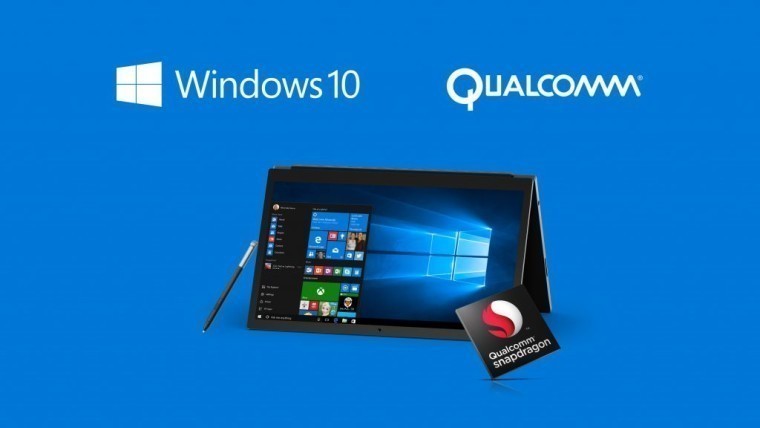- Mar 26, 2005
- 4,094
- 123
- 106
Note: The following may sound like idiocy, and I admit, I have no clue what the hell I am talking about, but I think its an interesting discussion nevertheless...
Can someone please explain to a complete noob, in layman terms, WHY cant we start using ARM chips instead of Intel? They sure seem a hell of a lot faster and better than Atoms at least! And in many cases faster than Celerons.
Look, I get it, ARM does not support x86 apps, and forget about 64bit... The instruction sets are different. Yadda, yaddaa, yadda. I heard it all before. But they ported Half Life to Android! They emulated a Playstation 3 on PC! They even got Windows 95 to run on gaming handhelds and managed to run Linux on Android phones! Hell, even iOS can run Android now. An unheard of thing five years ago.
So whats the matter? MAKE x86 apps run naively on ARM CPUs! MAKE the same instructions sets for all CPUs regardless of devices they are used for... Just make it happen. And also, why is it, that ARM CPUs were not designed right from the start, with an ability to run x86 apps?
I am aware, that at least one manufacturer, Hewlett Packard, released a laptop that runs on a Snapdragon CPU. It basically "emulates" x86 apps, and I believe the platform is called "Windows on ARM" or something like that. Because code is not ran naively, but emulated, performance is abysmal, but battery life is fantastic. Whats really tempting to me, is that many times, the graphical capabilities of some high end ARM chips seem to far surpass what Intel offers. The gaming potential is immense. But because smartphones don't have full size keyboards and mice attached to them, and do not have PC like games on them, that potential is very limited. But it does not have to be, if we had something like a giant, dedicated tablet, with a ton of usb ports for peripherals and a huge screen. Something like this could potentially be much better than any console and better than many low end gaming PCs.
Am I missing something here? Am I talking complete nonsense? Lets discuss.
Can someone please explain to a complete noob, in layman terms, WHY cant we start using ARM chips instead of Intel? They sure seem a hell of a lot faster and better than Atoms at least! And in many cases faster than Celerons.
Look, I get it, ARM does not support x86 apps, and forget about 64bit... The instruction sets are different. Yadda, yaddaa, yadda. I heard it all before. But they ported Half Life to Android! They emulated a Playstation 3 on PC! They even got Windows 95 to run on gaming handhelds and managed to run Linux on Android phones! Hell, even iOS can run Android now. An unheard of thing five years ago.
So whats the matter? MAKE x86 apps run naively on ARM CPUs! MAKE the same instructions sets for all CPUs regardless of devices they are used for... Just make it happen. And also, why is it, that ARM CPUs were not designed right from the start, with an ability to run x86 apps?
I am aware, that at least one manufacturer, Hewlett Packard, released a laptop that runs on a Snapdragon CPU. It basically "emulates" x86 apps, and I believe the platform is called "Windows on ARM" or something like that. Because code is not ran naively, but emulated, performance is abysmal, but battery life is fantastic. Whats really tempting to me, is that many times, the graphical capabilities of some high end ARM chips seem to far surpass what Intel offers. The gaming potential is immense. But because smartphones don't have full size keyboards and mice attached to them, and do not have PC like games on them, that potential is very limited. But it does not have to be, if we had something like a giant, dedicated tablet, with a ton of usb ports for peripherals and a huge screen. Something like this could potentially be much better than any console and better than many low end gaming PCs.
Am I missing something here? Am I talking complete nonsense? Lets discuss.
Last edited:



